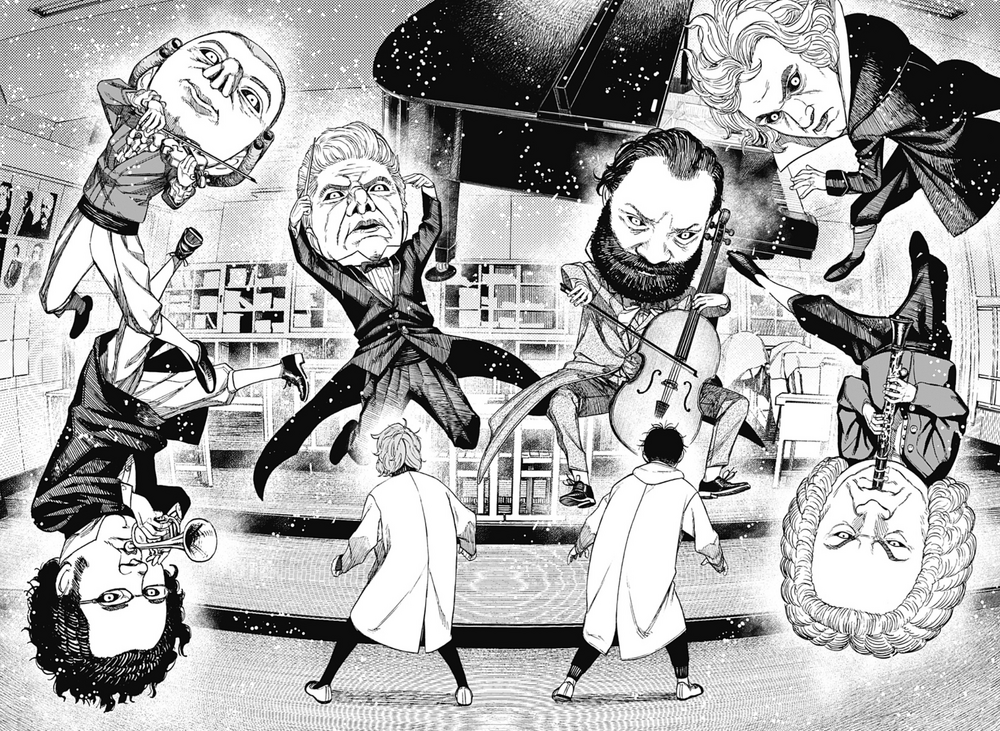
Among the many eerie and unforgettable entities in Dandadan, the Music Room Portraits stand out as one of the most creative manifestations of Japanese urban folklore. Known in Japanese as Ongakushitsu no Shōzōga (音楽室の肖像画), these supernatural beings take the form of animated portraits born from fear—brought to life through a bizarre blend of music, illusion, and vengeance.
What Are the Music Room Portraits?
The Music Room Portraits are tulpas, or manifested thought-forms, created by fear. They emerge when someone plays poorly on a piano inside a music room—specifically around 2 AM, the witching hour often associated with ghostly activity. Once summoned, they attack the poor pianist, unleashing a deadly concert of sound and illusions.
These entities make their debut during the Evil Eye Arc of Dandadan, serving as intense but ultimately minor antagonists.
Meet the Members of the Music Room Portraits
Each of the Music Room Portraits channels the energy of a classical composer, reimagined with quirky, exaggerated personalities. Here’s a look at the members and their distinct traits:
- Ninth (Daiku) – The speed-loving conductor who drives the performance forward. His levitation powers guide the others in battle.
- Mozza (Mozart) – Known for his off-color humor, he injects chaos into the group dynamic.
- Glasses (Schubert) – Carries a father complex, often displaying strange emotional tangents.
- Trainspotter (Dvorak) – Obsessed with trains, mimicking their sounds during musical combat.
- Vanben (Beethoven) – Short-tempered and intolerant of bad music. Ironically, a nod to Beethoven’s deafness.
- Grandma Bach (J.S. Bach) – The haughty elder, easily irritated by others and proud of her musical stature.
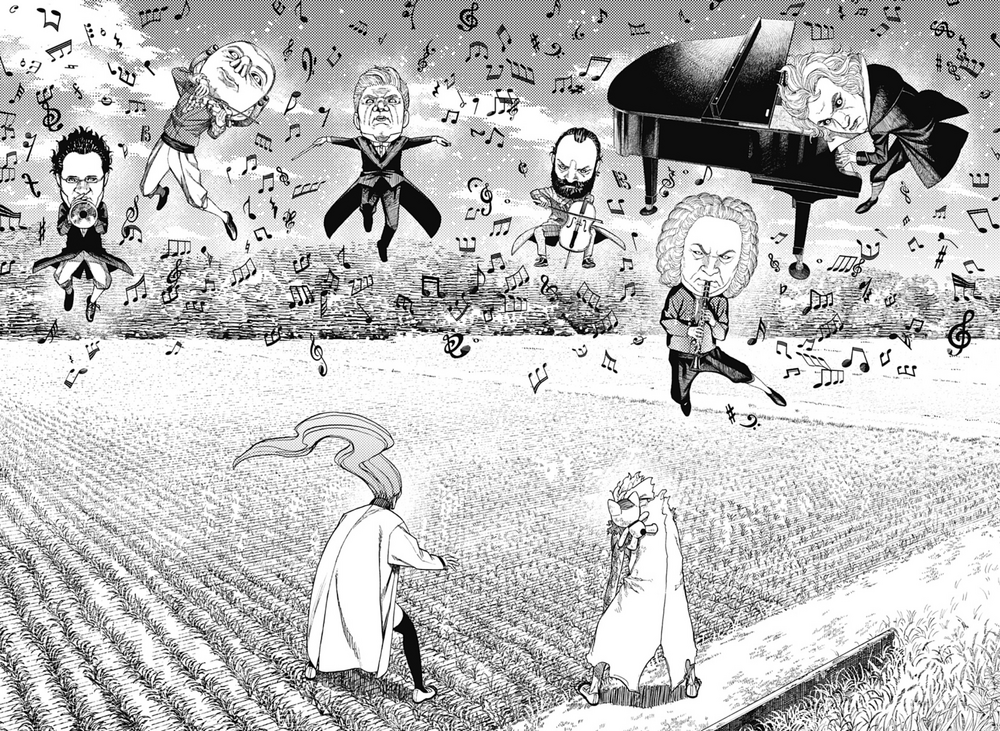
Music Room Portraits in the Evil Eye Arc
How the Music Room Portraits Are Summoned
The Music Room Portraits appear after Turbo Granny intentionally butchers a piano piece during Okarun’s training. She blames the poor performance on Okarun and Aira, baiting the portraits to attack them instead. This clever trick sets the stage for a surreal and explosive musical showdown.
Symphony No. 6: The Illusory Battlefield
The battle begins with Symphony No. 6: Pastoral, an illusionary paddy field designed to trap the enemy. As the Music Room Portraits levitate and hurl explosive musical notes, the ground is tilled, sinking their victims deeper into a vulnerable position.
Though Aira is nearly caught, Okarun recovers his rhythm and saves her, dodging the assault. Together, they defeat Ninth—the conductor—causing the rest of the Music Room Portraits to lose their levitation and composure.
Symphony No. 9: The Chorus Assault
With their conductor gone, the Music Room Portraits retaliate with Symphony No. 9: Chorus—an illusionary opera house filled with a chorus of attacking audience members. Despite the numbers, Aira cuts through the mob while Okarun confronts and defeats the remaining portraits.
When defeated, all damage caused by the Music Room Portraits’ illusions is undone—but Turbo Granny warns that fatal damage results in real-world death, even if visually healed.
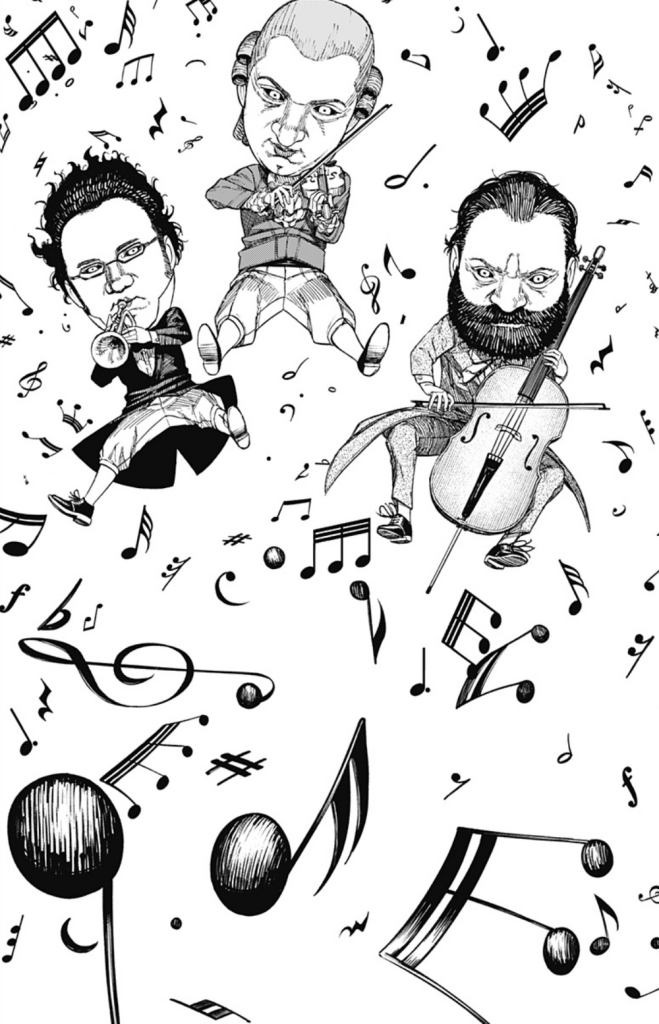
Powers and Abilities of the Music Room Portraits
Symphokinesis
Their primary power is symphokinesis—the manipulation of musical elements for combat. They weaponize exploding musical notes, cast illusions, and summon hostile entities through musical “compositions.”
Levitation and Distance Combat
As long as Ninth is active, the portraits can levitate, making them harder to hit while they barrage enemies from above.
Explosive Musical Notes
Each musical note explodes on impact. Some act as rest notes, paralyzing the target to set them up for further attacks. Avoiding them requires superhuman reflexes.
Illusory Environments
The Music Room Portraits control detailed illusions—Symphony No. 6’s field traps and Symphony No. 9’s opera house ambush—each tailored to disorient and overpower enemies. These illusions vanish if the Portraits are defeated, though fatal effects remain permanent.
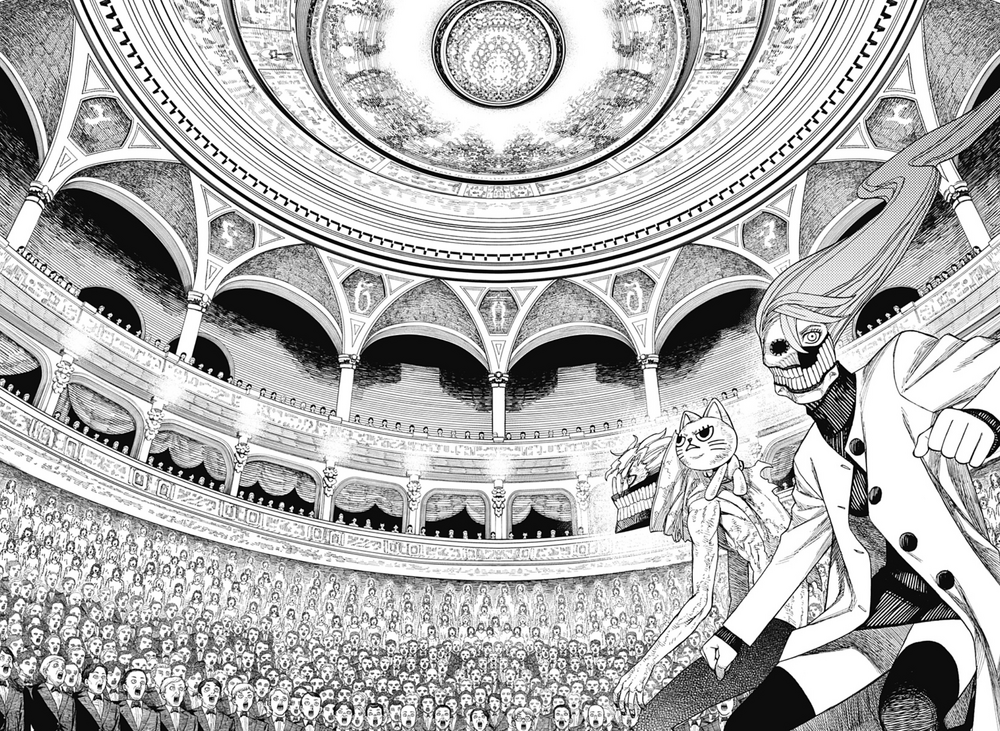
The Urban Legend Behind the Music Room Portraits
The Music Room Portraits draw inspiration from a well-known Japanese school ghost story—The Beethoven Portrait Mystery. Part of the “Seven School Mysteries,” the tale claims that portraits of classical composers in school music rooms come to life at night.
These portraits allegedly:
- Move their eyes to follow observers
- Change expressions when not watched directly
- Play pianos on their own, warning of misfortune
This urban legend has been passed down for generations, making the Music Room Portraits a brilliant, creepy homage to Japanese horror tradition.
Trivia About the Music Room Portraits
- The term tulpa originates from Tibetan Buddhism and refers to a thought-form made real through spiritual or mental focus.
- The characters are based on real classical composers:
- Vanben: Beethoven
- Grandma Bach: Johann Sebastian Bach
- Trainspotter: Antonin Dvorak
- Ninth: Leonard Bernstein
- Mozza: Mozart
- Glasses: Franz Schubert
- Mozza’s dirty humor echoes the portrayal of Mozart in the film Amadeus (1984).
- Vanben’s irony stems from Beethoven being a master composer despite his deafness—yet Vanben detests bad music.
Final Thoughts: Music Room Portraits as a Musical Nightmare in Dandadan
The Music Room Portraits offer a fresh twist on classical horror tropes, bringing to life a blend of music, violence, and surreal illusion. As villains, they’re both visually captivating and thematically rich—linking ancient fears with modern manga flair. Their eerie origin and chaotic personalities make them a standout addition to Dandadan’s growing mythos of urban legends.
Whether you’re a horror fan, music lover, or manga enthusiast, the Music Room Portraits compose a chilling and entertaining spectacle that echoes long after the final note.
-
 Dandadan Acrylic Pins$9.00 – $22.00
Dandadan Acrylic Pins$9.00 – $22.00 -
 Dandadan Stickers 50 Pieces$9.90
Dandadan Stickers 50 Pieces$9.90 -
 Dandadan Momo Alien Earrings$10.00
Dandadan Momo Alien Earrings$10.00 -
 Dandadan Posters Set of 10$15.00
Dandadan Posters Set of 10$15.00 -
 Dandadan Okarun and Momo T-shirt$19.00
Dandadan Okarun and Momo T-shirt$19.00 -
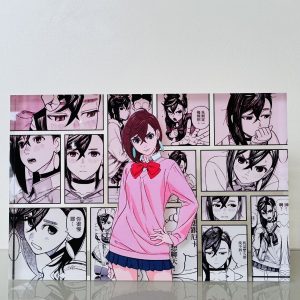 Dandadan Momo Ayase Acrylic Decor$22.00
Dandadan Momo Ayase Acrylic Decor$22.00 -
 Okarun Momo Turbo Granny Sweatshirt$24.00
Okarun Momo Turbo Granny Sweatshirt$24.00 -
 Dandadan Okarun Transformation Night Light$27.00
Dandadan Okarun Transformation Night Light$27.00 -
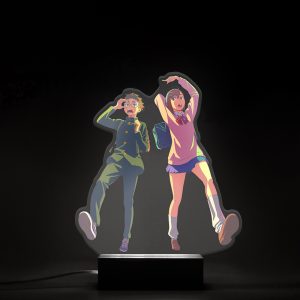 Dandadan Okarun and Momo Night Light$27.00
Dandadan Okarun and Momo Night Light$27.00 -
 Turbo Granny Hair Dryer Figure$28.00
Turbo Granny Hair Dryer Figure$28.00 -
 Dandadan Plushes$28.00
Dandadan Plushes$28.00 -
 Okarun Turbo Granny Form Cosplay Costume$35.00 – $99.00
Okarun Turbo Granny Form Cosplay Costume$35.00 – $99.00
